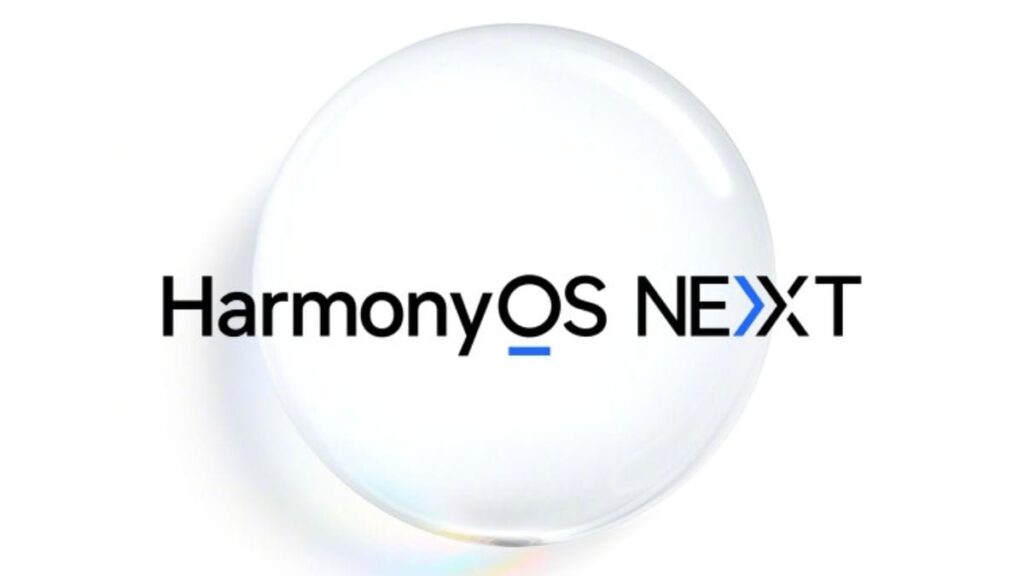Huawei’s own operating system (OS) called HarmonyOS Next will be launched in China next week, the company confirmed via social media on Tuesday. Initially, there were rumors that it would be released in September, but no announcement was made. The Chinese smartphone maker’s upcoming OS does not rely on Google’s Android Open Source Project (AOSP) code, but is built on the Hongmeng kernel and system architecture. This means that existing Android apps running on Huawei devices will not be compatible with HarmonyOS Next.
The next launch of Huawei HarmonyOS
In a post on Chinese social media platform Weibo, Huawei confirmed that HarmonyOS Next will be launched in China at 19:00 local time on October 22. This launch is believed to coincide with the launch of the alleged Huawei Nova 13 series, which have already been pre-booked. have already started.
The company already released a developer version of its upcoming OS last year, and it appears to have borrowed design elements from Harmony OS, Huawei’s Android skin. This applies to apps, widgets, the notification panel, and Control Center. Huawei has confirmed that HarmonyOS Next will provide support for more than 10,000 applications and services for its smartphones and other devices.
Huawei OS is built to use artificial intelligence (AI) at its core, from the kernel system to the applications. Huawei says it can not only use it to control system elements, but also enable its use in third-party apps. HarmonyOS Next also comes with a built-in AI system assistant that has high-level understanding and interaction capabilities.
It uses an artificial intelligence agent called Celia, which is built on Huawei’s Pangu Large Language Model (LLM). In addition, it can also take advantage of third-party cloud AI models to provide advanced services. With the inclusion, the OS is able to provide personalized content and smart services based on various scenarios.
Huawei says HarmonyOS Next can reduce customization and development costs for developers by providing them with 18 sample pitcodes and custom connectivity kits. Using the new Star Shield security architecture, the OS provides nuclear-level system-wide security, the company adds.


